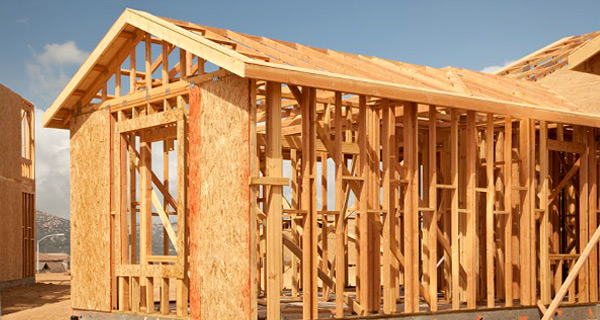January 27, 2016
 Recently a reader asked us a question in the comments section about using FHA loans to purchase property to be converted into a residence. “There is an old church for sale near us that we would love to buy and make into a home. Can this be done using an FHA loan? We plan on only using it for residential use. Its been hard to find a home that we love and that falls into FHA standards.”
Recently a reader asked us a question in the comments section about using FHA loans to purchase property to be converted into a residence. “There is an old church for sale near us that we would love to buy and make into a home. Can this be done using an FHA loan? We plan on only using it for residential use. Its been hard to find a home that we love and that falls into FHA standards.”
The answer to this question depends greatly on whether or not the property to be purchased is, in the eyes of the FHA, a one-to-four unit property. FHA loans include something known as a 203(k) Rehabilitation loan, which can be used to rehab, refurbish or repair an existing property.
According to HUD 4000.1, the purpose of an FHA 203(k) loan is as follows:
“The Section 203(k) Rehabilitation Mortgage Insurance is used to:
–rehabilitate an existing one- to four-unit Structure, which will be used primarily for residential purposes;
–rehabilitate such a Structure and refinance the outstanding indebtedness on the Structure and the Real Property on which the Structure is located; or
–purchase and rehabilitate the Structure and purchase the Real Property on which the Structure is located.”
Should the property in question be approved for an FHA 203(k) Rehab loan, there are two basic options available to the borrower. According to HUD 4000.1 there is a “Standard” 203(k):
“The Standard 203(k) Mortgage may be used for remodeling and repairs. There is a minimum repair cost of $5,000 and the use of a 203(k) Consultant is required.”
This is also a “Limited” 203(k):
“The Limited 203(k) may only be used for minor remodeling and non-structural repairs. The Limited 203(k) does not require the use of a 203(k) Consultant, but a Consultant may be used. The total rehabilitation cost must not exceed $35,000. There is no minimum rehabilitation cost.”
With respect to the readers specific question about the type of property that could be purchased/rehabbed with this type of loan, HUD 4000.1 does have a list of eligible property types which includes, but is not limited to, the following:
–a one- to four-unit Single Family Structure;
–an individual condominium unit, meeting the following requirements:
*the unit must be located in an FHA-approved Condominium Project and must comply with all other requirements for condominiums;
*rehabilitation or improvements are limited to the interior of the unit, except for the installation of firewalls in the attic for the unit;
*no more than five units per condominium association, or 25 percent of the total number of units, whichever is less, can undergo rehabilitation at any time; and
*after rehabilitation is complete, the unit is located in a Structure containing no more than four units. For townhouse style condominiums, each townhouse is considered as one Structure, provided each unit is separated by a one and one- half hour firewall from foundation to roof;
—a Site Condominium unit;
—Manufactured Housing where the rehabilitation does not affect the structural components of the Structure that were designed and constructed in conformance with the Federal Manufactured Home Construction and Safety Standards and must comply with all other requirements for Manufactured Housing;
—a Mixed Use Property with one- to four-residential units, provided 51 percent of the Gross Building Area (GBA) is for residential use; and commercial use will not affect the health and safety of the occupants of the residential property.
Do you work in residential real estate? You should know about the free tool offered by FHA.com. It is designed especially for real estate websites; a widget that displays FHA loan limits for the counties serviced by those sites. It is simple to spend a few seconds customizing the state, counties, and widget size for the tool; you can copy the code and paste it into your website with ease. Get yours today:

